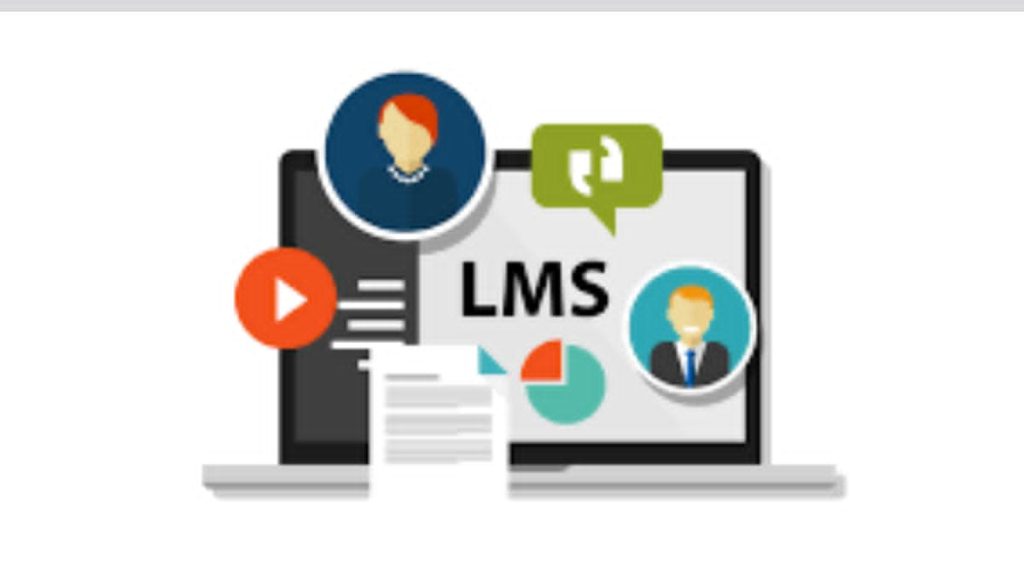Remote Employee Onboarding: Maximizing Lms Effectiveness

According to Industry Arc’s research, 60% of onboarding processes are conducted digitally as of 2025. Such a state of affairs marks a serious shift in how modern platforms, such as White-label LMS, affect the modern market. For the majority of top-tier companies, a well-structured onboarding program serves as the foundation for employee success.
This is especially true for remote settings of distributed teams where classic learning methods are obsolete and limited. According to the same researchers, this trend will remain in force at least till 2031. Hence, there is still time to jump in this train of progress.
Remote Onboarding Challenges
Virtual workspaces, while being tremendously convenient for employees, bring additional hardships for companies, especially when it comes to training. How can one conduct one-on-one meetups to train someone in person if they are thousands of miles away? You are right — without physical presence, conveying company culture and building meaningful connections can be, at the very least, problematic, if not impossible. From this perspective, implementing a white-label LMS provides a customizable solution.
Modern platforms allow storing diverse courses, helping to maintain brand consistency and, at the same time, deliver not just essential but even advanced learning materials. All this, while having comprehensive statistics and full control over the learning process, almost completely excluding human factor.
LMS Setup for Remote Teams
Obviously, the first step is finding an onboard LMS that won’t have problems suiting your needs. The ideal platform must align with your needs and requirements. Never settle for something that doesn’t fully support your needs and requirements; the modern market of LMS platforms is full of diverse offers. So, you definitely will find something that fully suits you.
At the same time, while offering lots of features, they must still be intuitive to use for all sides involved in learning and training. After all, almost everyone in your team will interact with it, in one way or another. This means, that every single team member, regardless of their skills, level, and experience must feel comfortable on the platform.
Virtual Welcome Experience
First impressions matter, even in virtual settings. An engaging digital welcome package, delivered through employee onboarding software, helps newcomers feel valued and connected from day one. The list of ideas here is wide and diverse, requiring a whole new article to cover it. Yet, we can still give you some basic recommendations. Personalized video, especially recorded for every hire is a good starting point.
If you have the capacity and need, you can also arrange a virtual office tour. However, this is not for everyone. On the other hand, you can still create a prerecorded video or learning course using your new LMS, covering the company’s history, ideas and mission.
Digital Document Management
Google docks have strongly conquered the market, yet, they aren’t a single solution available on the market. Onboarding-related paperwork can be a real problem, solving down the whole process. In this regard, an effective onboarding employees software solution eliminates the hassle of printing, scanning, and manually processing documents.
Plus, don’t forget about digital signatures, automated form filling, and secure storage capabilities. All this not just serves to safe time and working hours, but also enhances security, allowing to avoid 3rd person’s software.
Remote Communication Tools
Training onboarding platforms come with built-in communication channels. Those can vary in form, from instant messaging to video conferencing. Even despite the difference of means of connecting, they are all united by extensive security levels. These means are built-in to the platform and carry the same security features as the platform itself. This means, that there is almost no way for hackers to include any kind of malware into the software to steal or data or disrupt work.
However, you still need to understand that regardless of how advanced and secure the built-in communication tools are, it is the people who operate it. So, without you motivating your team to engage and communicate with each other actively, not even the most advanced tools will help fix this.
Progress Tracking Systems
Finally, we reached the most important parameter of any employee onboarding tool — detailed analytics. But what makes an analytics detailed? We have created a list of features that you will want to see in your platform. We also divided them in segments to ease the understanding.
Completion Tracking
- Course completion rate and status
- Individual module advancement.
- Time spent on specific learning resources
- Assignment submission tracking
- Certification progress tracking
Performance Analytics
- Results of tests and quizzes
- Rates of knowledge retention with recurring assessments
- Measures of skill competency
- Progress of the learning route
- Mapping competencies and achieving them
Engagement Metrics
- Frequency of content interactions
- Participation rates in discussions
- Patterns of resource access
- Duration and frequency of logins
- Levels of Social Learning Involvement
Compliance Monitoring
- Mandatory training completion status
- Certification expiration tracking
- Regulatory requirement fulfilment
- Compliance deadline monitoring
- Audit trail documentation
Interactive Learning Methods
Recently, we have already said that you still will have to find a way to motivate your people to use the system. Yet, it wasn’t the full story. Luckily, advanced onboarding programs incorporate various interactive elements to help you with keeping your people engaged.
You have probably already heard about features such as gamification, simulations, and scenario-based learning. Those are the most popular and well-known means of keeping your people engaged and interested in the process. So, can you fully rely on them to keep your interest in the learning? Sadly, no. Yet, those will definitely come of help when building training lessons, by making them more interesting through interactions.
Virtual Team Building
Building relationships in a remote setting requires deliberate work and innovative solutions. Despite their physical distance, new recruits may form relationships with coworkers through joint projects, online team-building activities, and virtual coffee conversations. A complete platform, in addition to formal training elements, should support these social connections.
Compliance Training Online
Modules for online compliance training must keep participants interested while providing the required knowledge. Real-world scenarios and interactive tests improve employees’ comprehension and retention of important compliance topics.
Today, unless something serious happens aka COVID-2025 or a nuclear conflict unravels, the future of employee onboarding lies in digital solutions that combine efficiency with engagement. So, neglecting those systems is a real crime against your own business and its success.
Keep in mind that effective remote onboarding necessitates ongoing assessment and modification. Ask new personnel about their experience, keep an eye on engagement metrics and completion rates, and keep improving your strategy. In addition to imparting knowledge, the objective is to provide a friendly, encouraging atmosphere that enables new team members to succeed right away.
The post Remote Employee Onboarding: Maximizing LMS Effectiveness appeared first on Vanguard News.


